- When will AI surpass Facebook and Twitter as the major sources of fake news? – May 23, 2023
- The evolution of aging – May 7, 2023
- The (new) telomere theory of aging – April 15, 2023
If I didn’t recognize Peter Diamandis’s face on the cover of the video pitch (see below), I probably wouldn’t have watched the podcast of yet another anti-aging skin product. I guess I don’t have to introduce Peter Diamandis in a blog about transhumanism.
If you think of Ray Kurzweil as the messiah of the “singularity prophecy,” then Peter Diamandis is the first apostle. As cofounder and vice president of Humanity Inc., he is also a well-known figure in the longevity movement. So if Diamandis pitches a new anti-aging product, it is certainly worth taking a closer look.
OneSkin Technologies is a relatively new company located in Silicon Valley that was founded by four young women from Brazil. Their first product, which became available a few days ago, promises nothing less than to rejuvenate your skin.
Of course, there are countless cosmetic products on the market that claim to do just that. However, OneSkin’s approach is new and is based on a popular theory of aging. One of the hallmarks of aging is the accumulation of senescent cells that cause all kinds of trouble in the surrounding tissue.
Senescent cells
By definition, senescent cells are cells that no longer divide. Thanks to Leonard Hayflick, we know that all somatic cells can only divide 40–60 times. Blackburn, Greider, and Szostak received the Nobel Prize for discovering that telomere attrition is the reason for what we now call the Hayflick limit. Cells can also become senescent if they are severely damaged, so that cellular repair is no longer an option. It is thought that this programmed, irreversible cell cycle arrest prevents cells from becoming cancerous, which equals uncontrolled and unlimited cell proliferation.
The term “senescent” may be a bit misleading because the senescent cells are not aging. In a way, many scientists believe that they are already beyond that point, which is why they are sometimes called zombie cells. Not really dead or alive, they refuse to commit suicide (apoptosis), like most cells that can no longer divide, and instead they try to drag healthy cells with them into their grave. Unlike aging organisms (but very much like zombies), senescent cells are quite restless and active. They secrete inflammatory cytokines, immune modulators, and lots of other stuff called the senescence-associated secretory phenotype (SASP).
Many gerontologists believe that these factors are one cause of this kind of tissue deterioration, which we call aging. In the skin, they are thought to cause wrinkles, decreased elasticity, sagging, and perhaps even skin cancer.
The OS-01 senolytic
Unsurprisingly, the quest for substances that are able to clear senescent cells from healthy tissue has become an important area of research in the fight against aging. Several molecules, so-called senolytics, have been identified that can induce the death of senescent cells. OneSkin wants to add one to the list. Going by the name of OS-01, it is a short peptide with 10 amino acids.
Peptides are the smaller brothers of proteins and comprise two to fifty amino acids. It is no accident that the cosmetic industry is interested in these molecules. They are small enough to be able to penetrate the skin barrier, and they are able to interact with their bigger siblings, which run the show inside the cells.
The OneSkin researchers found this peptide by trial and error. To be exact, they tested 2,076 skin examples in vitro; that is, they grew human skin of different ages (50, 70, and 90 years) in the lab and then measured the concentration of senescent cells. OS-01 turned out to be the most efficient candidate, reducing senescent cells by 25–50%.
Most interesting is that this not only made the skin appear younger, the researchers were also able to objectively measure that the skin was actually younger. They determined the DNA methylation and used the Horvath clock,the gold standard for biomarkers of aging) to calculate the age of the skin before and after treatment. OneSkin claims that their product was able reduce the age of the skin samples by several years.
Just before I wanted to publish this blog post, the OneSkin scientists published a preprint with the title Senotherapeutic peptide reduces skin biological age and improves skin health markers. Obviously, the research is related to the first OneSkin product. It seems as if the “peptide 14” discussed in the paper is identical with OS-01.
The researchers provide some clues about the numerous pathways that the peptide influences and it appears that the main benefit of peptide 14 is not that it destroys senescent cells; instead it only prevents some cells from becoming senescent.
However, it is known that peptides can do this trick. For instance, researchers designed a peptide (FOXO4-DRI) that binds to the p53 protein, which controls both apoptosis and senescence. This allowed the researchers to induce targeted apoptosis of senescent cells.
Unfortunately, the OneSkin paper does not offer a comparable concrete explanation how exactly peptide 14 interacts with the various proteins in the cells. Essentially you only get lots of statistical data of how the concentrations of several proteins that are related to cellular senescence change when peptide 14 comes into play.
Cosmetic vs. therapeutic
It is important to note that OneSkin limited their research to in vitro cells and ex vivo 3D skin samples. This means that no clinical trials have been conducted (in vivo).
Because OneSkin classified their product as a cosmetic, they only had to prove that their anti-aging cream does no harm; they didn’t have to prove its effectiveness. And because they didn’t declare it as a therapeutic, FDA approval wasn’t required. Myriad cosmetic products exist that use peptides, and many products claim to have anti-aging effects. However, the OneSkin product is perhaps unique here because it explicitly targets senescent cells.
Nevertheless, the fact that no large-scale in vivo tests have been conducted raises questions about the product’s efficacy. Obviously, there is a big difference between in vitro and in vivo. Just think about the enormous effort that is under way to find a vaccine for the SARS-Cov-2 virus even though all those 200 or so vaccines already proved their efficacy in in vitro tests. Chemical substances often behave quite differently in the complex environment of an organism than in the controlled microenvironment of a petri dish.
Conclusion
You might object that a cosmetic cream is a totally different matter than a vaccine. But is it really? This OS-01 peptide penetrates the skin barrier and modifies the behavior of living cells in your body. A vaccine doesn’t do much more. This not only raises questions about efficacy but also about safety.
The approval rules for cosmetic products are from the times when chemists just mixed different substances with supposedly beneficial properties without really knowing what they were doing. That is why most anti-aging cosmetic products don’t have much effect, bad or good. However, in my view, we reached a different level when cosmetic researchers started to apply cutting edge bio science to target specific cells in human beings.
If you read research papers about senescent cells, you will realize that we know only very little about these cellular trouble makers. We don’t know why and how some cells avoid apoptosis. We don’t know if and in what way senescent cells from different cell types differ from each other. It is unclear whether senescent cells that reached the Hayflick limit are different from cells that were just damaged. It is not even certain if senescent cells really are just zombie cells that somehow accidentally failed to commit suicide or that at least some senescent cells have important functions. We already know that senescent cells play an important role in wound healing and could even help prevent cancers by recruiting immune cells that create an anti-tumorigenic microenvironment. Some research indicates that cells deliberately control whether cells become senescent or die. Thus, senescent cells could be a double-edged sword.
The fact that the OneSkin researchers didn’t publish their results in a peer-reviewed journal does not really build up trust and the preprint article raises more questions than answers. It is interesting to note that the paper talks of a “senotherapeutic agent” which indicates that this compound is more than just a cosmetic product.
For a less technical overview you can watch the video below where two of the founders and Diamandis introduce the product.
Also noteworthy is that at the time of this writing no business address can be found on their website, and it is not even clear if the company name is OneSkin or One Skin because you will find both spellings on their site.
OneSkin claims that you have to apply their product twice a day for a while until you will notice a difference. Of course, they can’t really tell you how long because they didn’t run any clinical trials. In fact, because the product is now available online (only for US residents), the clinical trials have just started with paying customers. For $120, you can take part in the “study.” Let me know if you plan to participate.

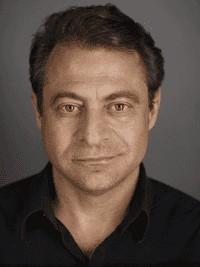
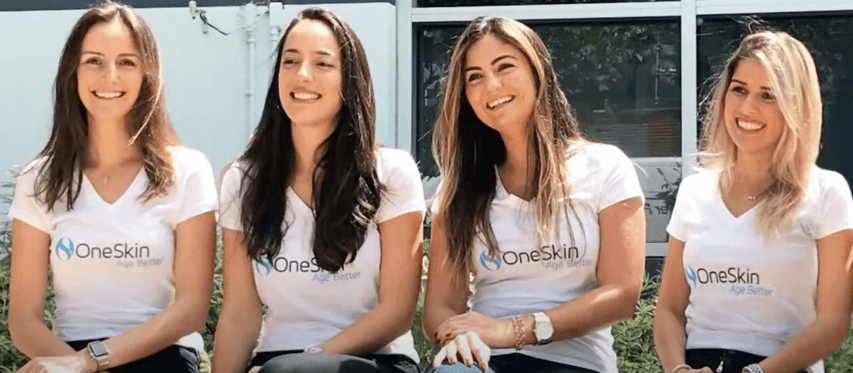
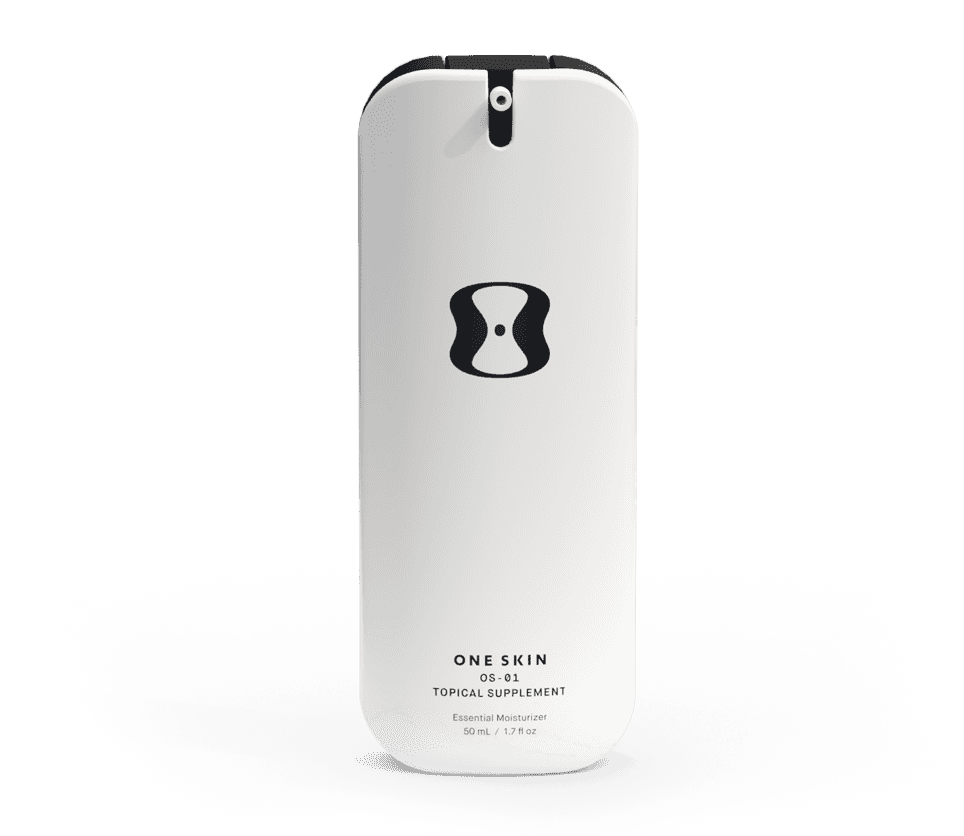
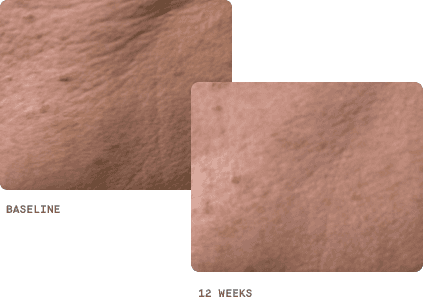
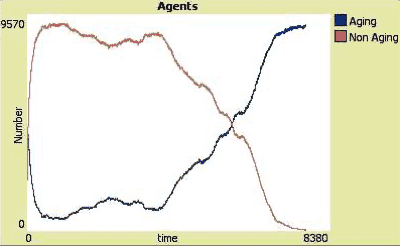
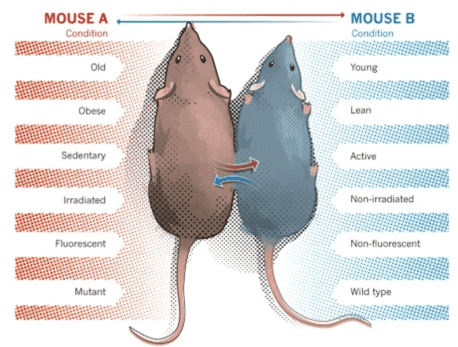
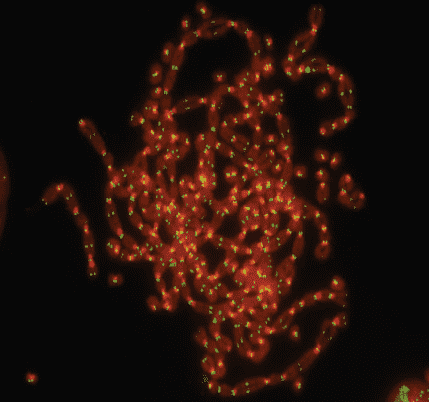

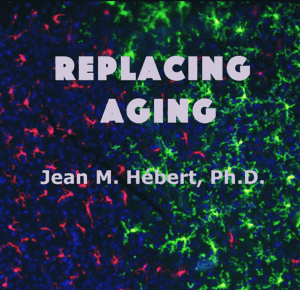


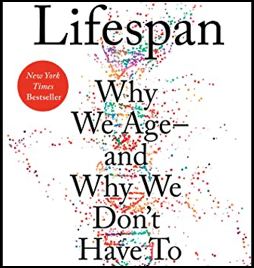

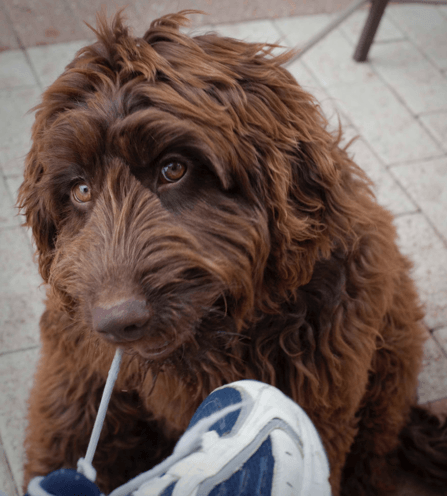



Michael, thanks for this review, I am a middle aged man with sun damage as a retired Army officer – lots of time in the desert… I started using OS-01 a couple of weeks ago and have used as directed, application twice daily; morning and night. I have seen some mild changes in skin texture along with mild lightening of sun spots. It could be perceived/placebo/psychosomatic, but I also noticed a slightly more youthful appearance so this topical may be different. There seems to be something else going on besides the standard peel and replenishment of the upper epidermal layer as you see with retinol products. Like I said, it may be wishful thinking, but I don’t think so. As a side note, I do take resveratrol and NMN daily as well, which I just started a month ago, so I have a couple of experiments at play. I enjoy reading your articles, very insightful, nice to see a counterpoint being made once in while.
Hello Gary. It will be very usefull if you can show us the difference between your skin before and after some weeks of application of this product. All the cosmetic try to sell us promise that they can’t honorate
Gary, thanks! To make sure that it is not wishful thinking I recommend to make pictures (close-ups) once a week under the same light conditions. After a few months, you can show them to friends and ask them which skin looks younger.
Any new studies or developments to report on this product? I recently purchased it and wish to know if the One Skin researchers published their results in a peer-reviewed journal yet, or if more results have been discovered.
I am following several blogs that discuss the latest longevity research, but I didn’t see anything there since the release of the product.
I started using OS-01 a couple of weeks ago and have used as directed, the application twice daily; morning and night. I have seen some mild changes in skin texture along with mild lightening of sun spots.
Sounds great! I would take picture, so you can document the changes.